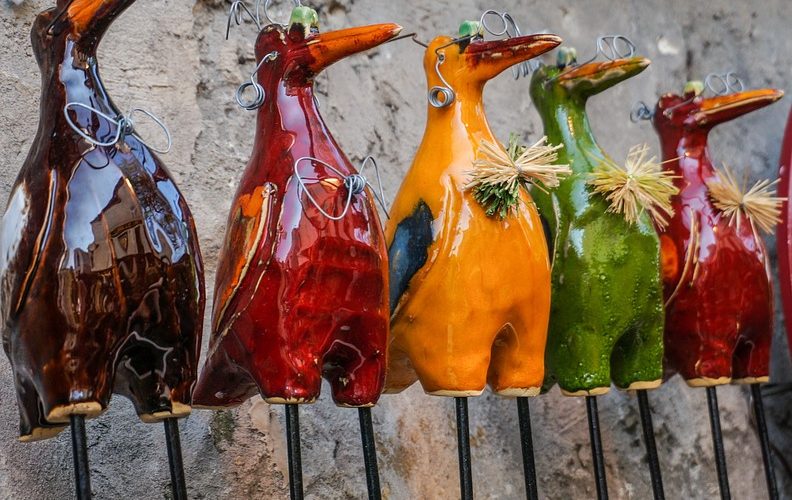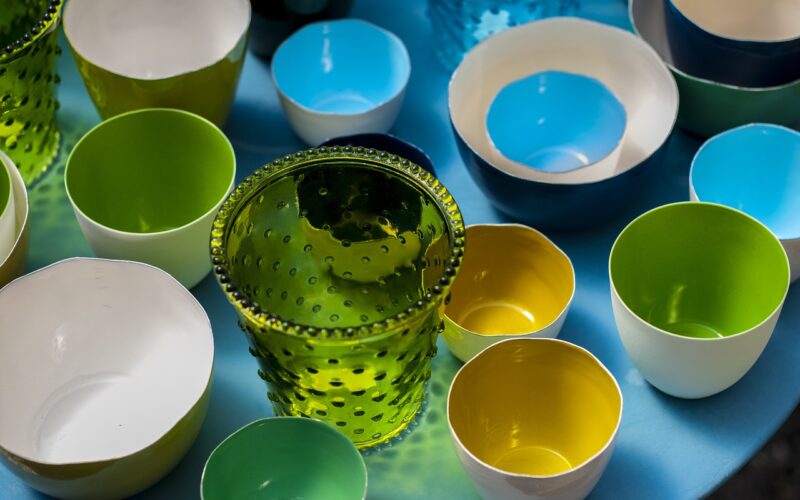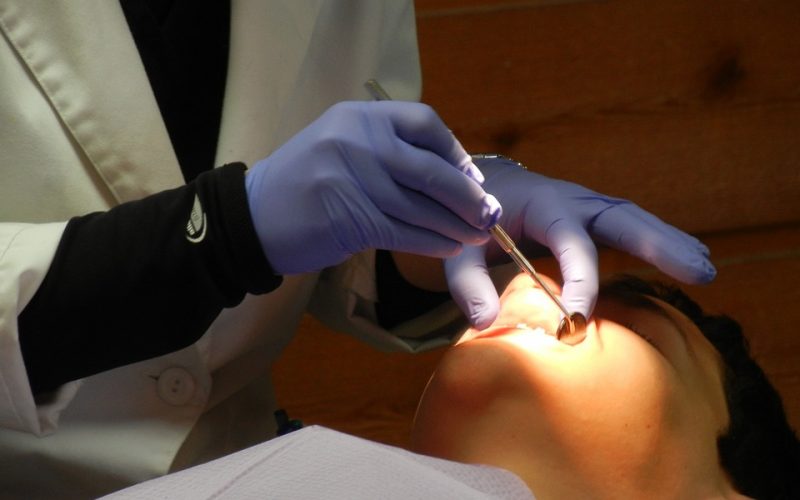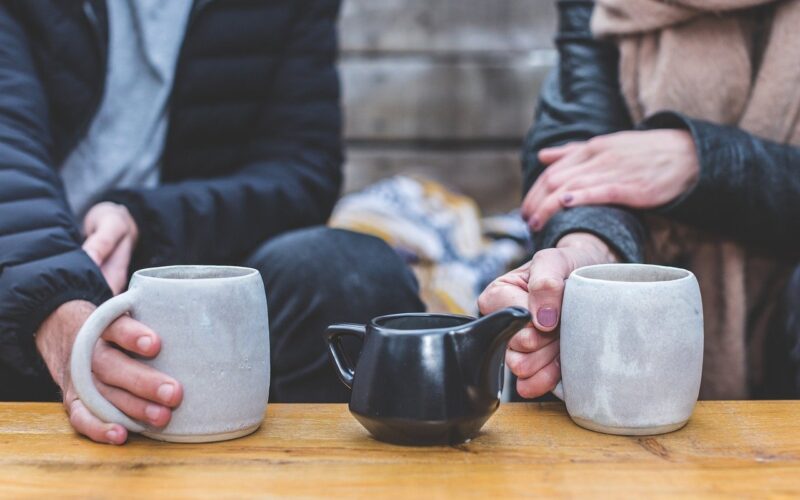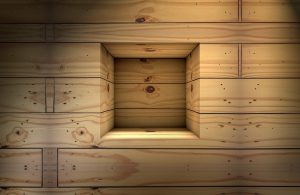Decorating figurines with bright colors and attention to small details has become a popular hobby for many people. After the decorating is done, a final coat of glaze is applied and the piece is fired once more in a kiln. The reason for this is to add a glassy layer to the figurine in order to protect it. Many people choose a glaze that produces a shiny coating. This enhances the look and feel of the piece. It also helps to protect it from dust and dirt and makes it easier to dust.
Glazes are commercially manufactured by companies that specialize in producing a wide variety for artists and hobbyists to use. Some are mixed to produce matte finishes, but many of the glazes used for figurines produce a shiny coating. This is due to the silica sand in the glaze mixture. This sand melts into a glassy substance to penetrate and coat the object being glazed.
Ceramic glazes must be fired at a relatively high kiln temperature because they contain silica sand. Other materials are added to the glaze to help lower the temperature at which it turns into a glass. These are called refractory materials. Alumina is the most common refractory material used in today’s glazes. It lowers the temperature without adding impurities that will change the way the sand melts and forms the glassy layer.
The glaze coats and strengthens a ceramic piece once it has been fired. A good commercial glaze adds value to any piece it coats. Resistance to dirt and the elements is an important reason to use a glaze. A clear coating with shine is generally the aesthetic reason for adding a final glaze. Taking the time to read the glaze compound label ensures that the figurine will have the perfect coating desired.
